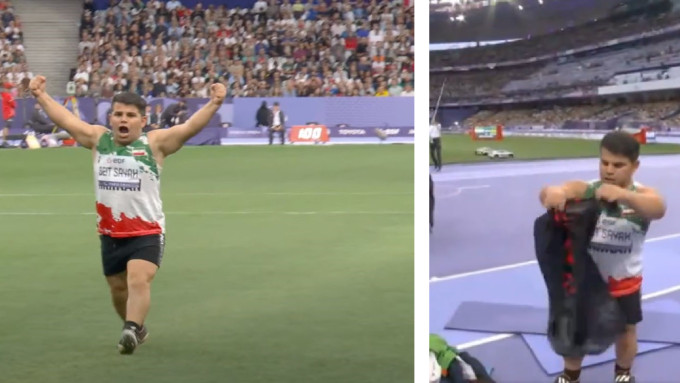Javelin thrower Navdeep Singh, who is only 4’4, won a gold at the Paralympics; know all about dwarfism
India has racked its highest medal tally in the Paralympics this year with 29 medals, standing at the 18th position on the final tally. One of the Paralympians who won gold for the country is Navdeep Singh, who suffers from dwarfism.
Dwarfism, particularly achondroplasia, is a genetic bone disorder that results in shorter limbs in proportion to the body, a normal-sized trunk, and a larger head. This condition affects approximately 1 in 20,000 births and often occurs due to new genetic mutations, even if the parents are of average height, according to Dr Swati Chhabra, Consultant and In-charge of the Child Development Centre at Yatharth Hospital, Noida.

“The disorder primarily impacts the growth of the limbs, with males averaging around 4 feet, 4 inches, and females about 4 feet, 1 inch. Despite these differences in physical development, most individuals with achondroplasia have normal intelligence and lead healthy lives, though milestones like walking may be delayed in childhood,” Dr Chhabra explained.
In adulthood, the physical functions of individuals with achondroplasia are often normal, though they may face mobility challenges due to their shorter limbs. Dr Rakesh Gupta, Senior Consultant in internal Medicine at Indraprastha Apollo Hospitals, explains that while their muscle strength may vary, many individuals can achieve levels of physical fitness comparable to those of average-sized adults with the right conditioning and training.
 Iran’s Sadegh Beit Sayah was disqualified for what the International Paralympic Committee (IPC) called unsporting or improper conduct. India’s Navdeep Singh was upgraded to gold at the Paris Paralympics. (Screengrab via IPC YouTube)
Iran’s Sadegh Beit Sayah was disqualified for what the International Paralympic Committee (IPC) called unsporting or improper conduct. India’s Navdeep Singh was upgraded to gold at the Paris Paralympics. (Screengrab via IPC YouTube)
“People with achondroplasia, like athlete Navdeep Singh, can develop significant physical strength, demonstrating that dwarfism doesn’t inherently compromise fitness potential,” Dr Gupta said.
What are the health challenges?
However, dwarfism comes with certain health challenges. Individuals may experience spinal curvature issues like lordosis or kyphosis, which can lead to spinal cord compression. Other common issues include bowed legs, frequent ear infections, and misaligned teeth. Proper medical care and regular monitoring are essential to managing these complications. Dr Chhabra highlights the importance of addressing these concerns early, as they can help prevent more severe health outcomes later in life.
Though about 80% of cases result from spontaneous genetic mutations, dwarfism can be inherited, the doctors said. If one parent has achondroplasia, there is a 50% chance of passing the condition to their child. Regular medical attention and a supportive environment are crucial for individuals with dwarfism to manage both physical and social challenges.
DISCLAIMER: This article is based on information from the public domain and/or the experts we spoke to. Always consult your health practitioner before starting any routine.
📣 For more lifestyle news, click here to join our WhatsApp Channel and also follow us on Instagram
Disclaimer: The copyright of this article belongs to the original author. Reposting this article is solely for the purpose of information dissemination and does not constitute any investment advice. If there is any infringement, please contact us immediately. We will make corrections or deletions as necessary. Thank you.
